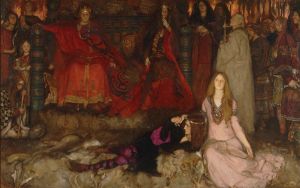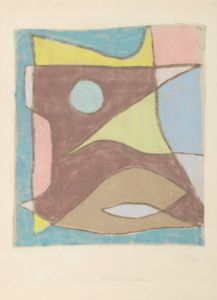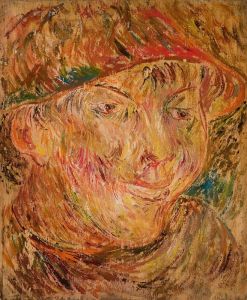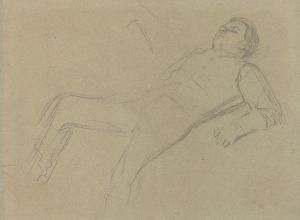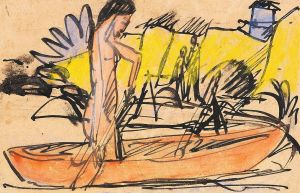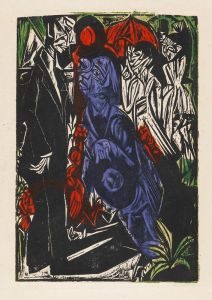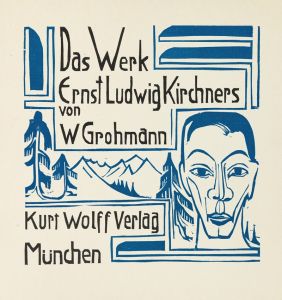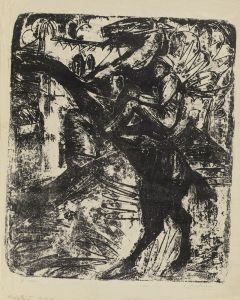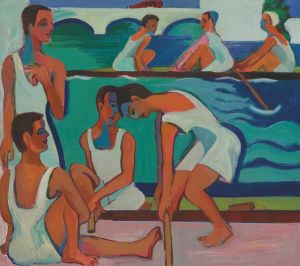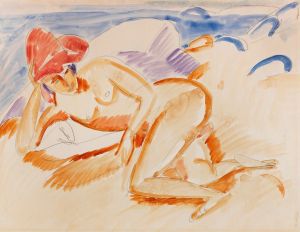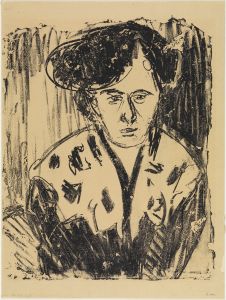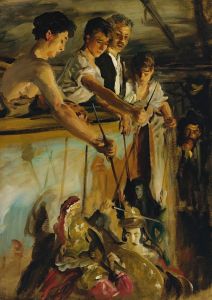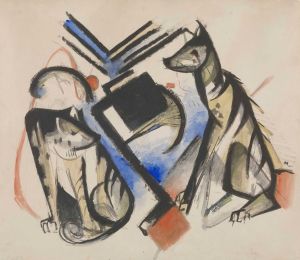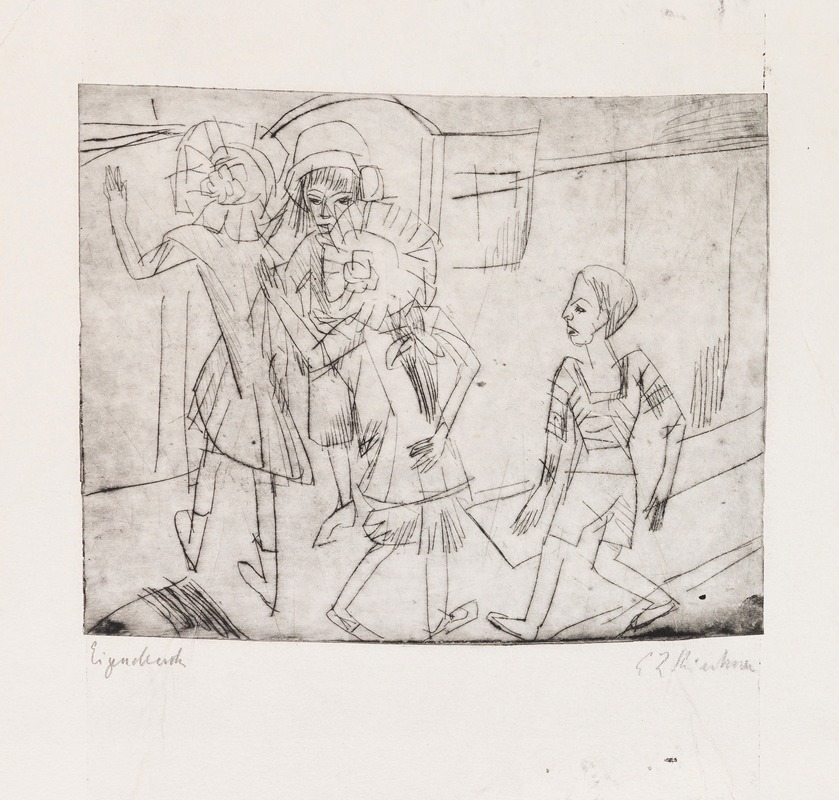
Spielende Kinder
A hand-painted replica of Ernst Ludwig Kirchner’s masterpiece Spielende Kinder, meticulously crafted by professional artists to capture the true essence of the original. Each piece is created with museum-quality canvas and rare mineral pigments, carefully painted by experienced artists with delicate brushstrokes and rich, layered colors to perfectly recreate the texture of the original artwork. Unlike machine-printed reproductions, this hand-painted version brings the painting to life, infused with the artist’s emotions and skill in every stroke. Whether for personal collection or home decoration, it instantly elevates the artistic atmosphere of any space.
Ernst Ludwig Kirchner, a prominent German expressionist painter, created the artwork "Spielende Kinder" (translated as "Playing Children") during a period marked by significant artistic exploration and innovation. Kirchner was a founding member of the influential art group Die Brücke (The Bridge), which played a crucial role in the development of Expressionism in the early 20th century. This movement sought to convey emotional experience rather than physical reality, often through bold colors, dynamic compositions, and expressive brushwork.
"Spielende Kinder" exemplifies Kirchner's distinctive style, characterized by vibrant colors and energetic forms. The painting depicts a group of children engaged in play, capturing the spontaneity and joy of childhood. Kirchner's use of exaggerated forms and vivid hues reflects his interest in expressing the emotional essence of the scene rather than adhering to realistic representation. This approach aligns with the broader goals of the Expressionist movement, which aimed to evoke emotional responses and explore the psychological dimensions of human experience.
Kirchner's work often drew inspiration from urban life and the natural world, and "Spielende Kinder" is no exception. The painting reflects his fascination with the innocence and vitality of children, a theme that recurs in his oeuvre. By focusing on children at play, Kirchner not only highlights the carefree nature of youth but also contrasts it with the complexities and anxieties of adult life, a common motif in Expressionist art.
The context in which Kirchner created "Spielende Kinder" is essential to understanding its significance. The early 20th century was a time of rapid social and technological change, and artists like Kirchner sought to capture the spirit of the age through new artistic forms. Die Brücke, founded in 1905, was instrumental in this endeavor, advocating for a break from traditional artistic conventions and encouraging experimentation with form and color. Kirchner and his contemporaries were influenced by a variety of sources, including non-Western art, which they saw as more authentic and spiritually enriching than the academic art of their time.
"Spielende Kinder" reflects these influences, as well as Kirchner's personal experiences and observations. His work often features elongated figures and distorted perspectives, techniques that enhance the emotional impact of the scene. The painting's composition, with its dynamic arrangement of figures and interplay of colors, draws the viewer into the world of the children, inviting them to experience the scene's vitality and movement.
Kirchner's contribution to modern art extends beyond his paintings. His work in printmaking, sculpture, and other media also demonstrates his commitment to exploring new artistic possibilities. Despite facing personal and professional challenges, including the impact of World War I and struggles with mental health, Kirchner remained a pivotal figure in the art world until his death in 1938.
"Spielende Kinder" stands as a testament to Kirchner's artistic vision and his ability to capture the essence of human experience through expressive means. The painting continues to be celebrated for its innovative approach and its ability to convey the universal themes of childhood and play. Through works like this, Kirchner has left a lasting legacy in the history of modern art, influencing generations of artists who followed.





